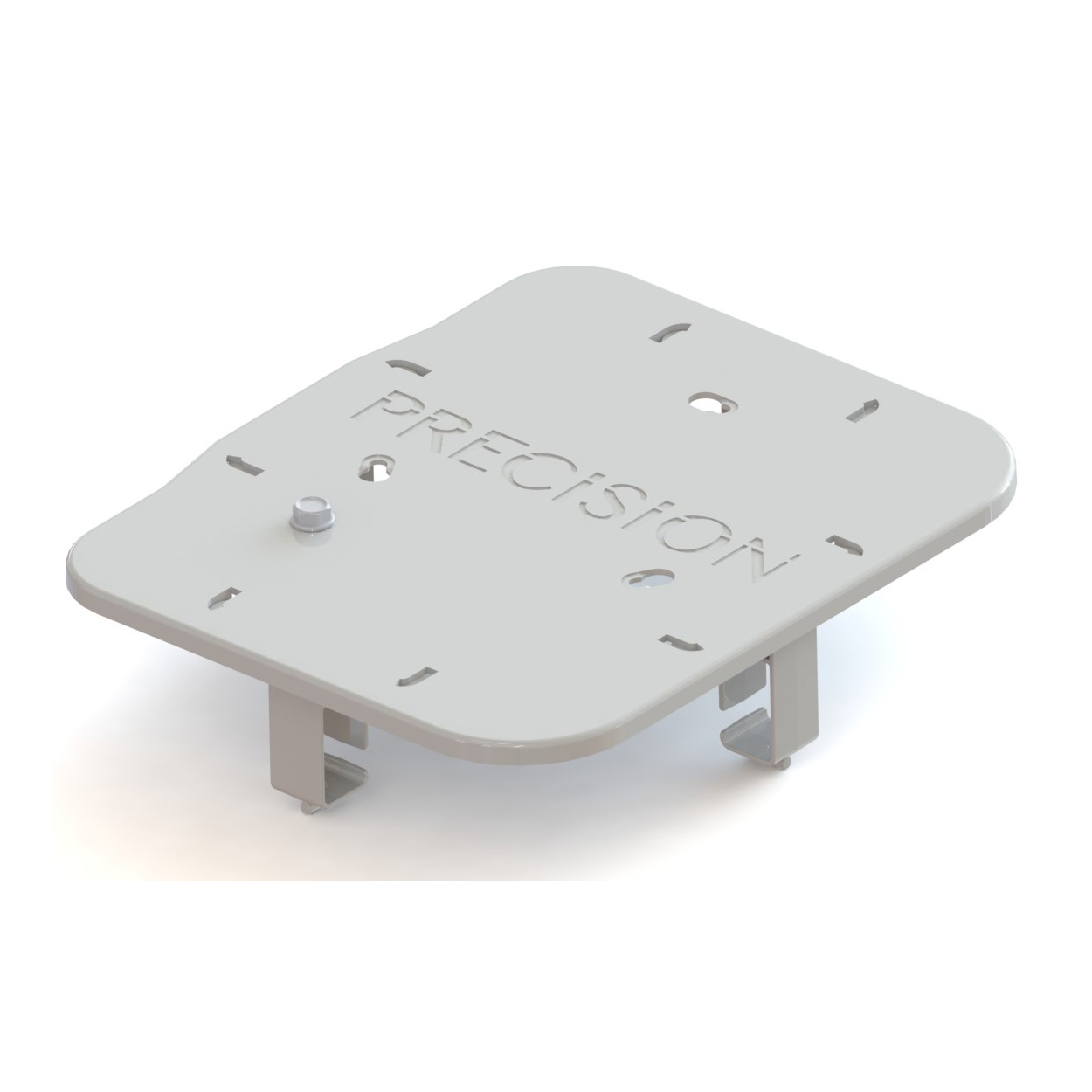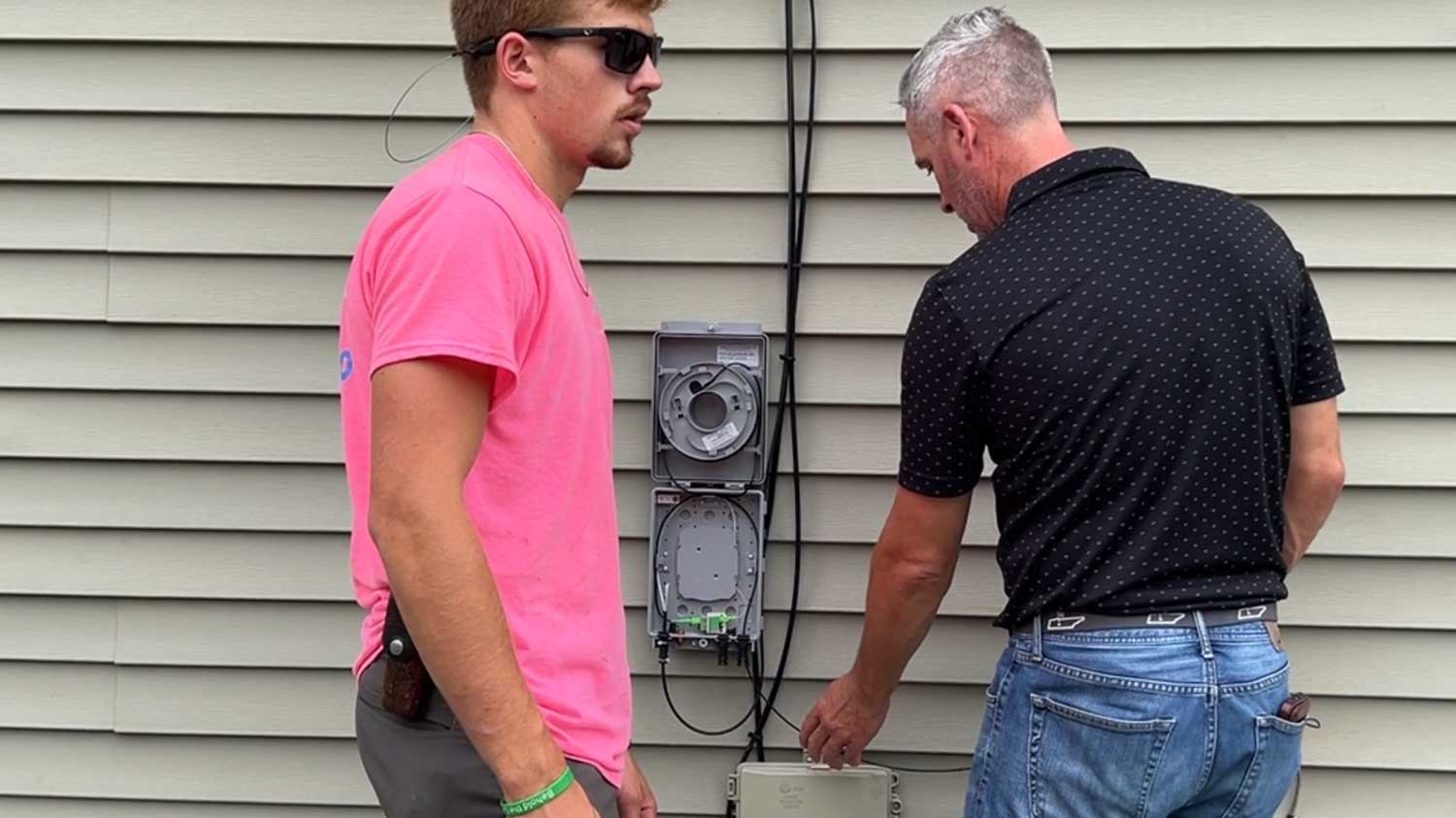Broadband providers know the pressure is on: customers expect faster speeds, streaming keeps growing, and XGS-PON is the clear upgrade path as GPON reaches its limits. With symmetric 10-gigabit capacity, XGS-PON future-proofs the network. The question isn’t if providers will migrate, it’s how.
Matt Kautter, Sales Engineer at Precision Group, puts it this way: “The real challenge is upgrading without creating downtime, mass outages, or a drain on resources.” That’s where coexistence modules and the Flex Series panel system change the game.
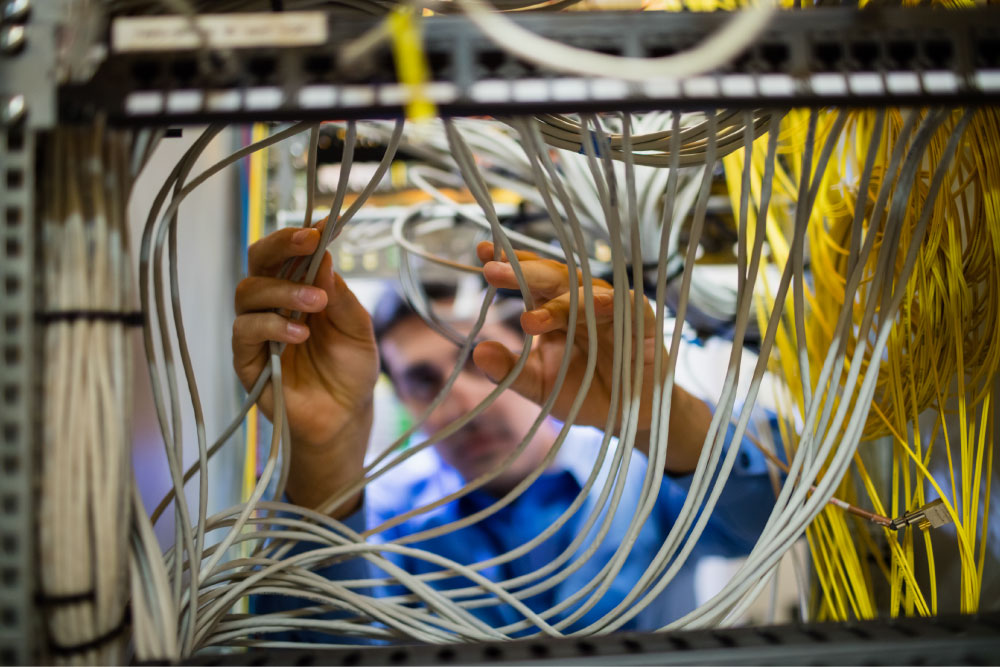
What Does XGS-PON Migration Really Look Like?
Migrating from GPON to XGS-PON can be handled in a few different ways, but the easiest path is coexistence.
“With coexistence, a service provider can transition more organically,” says Matt. “They don’t need to schedule a maintenance window, turn down a PON, swing it over to XGS-PON, and then hope nothing goes wrong.”
Without coexistence, the process is problematic. You’d need a maintenance window to turn down a GPON PON. Technicians would be dispatched both in the central office (CO) or cabinet and inside customer homes. Dozens of subscribers would have to be migrated at once, risking failures that require callbacks. Coexistence avoids all of that.
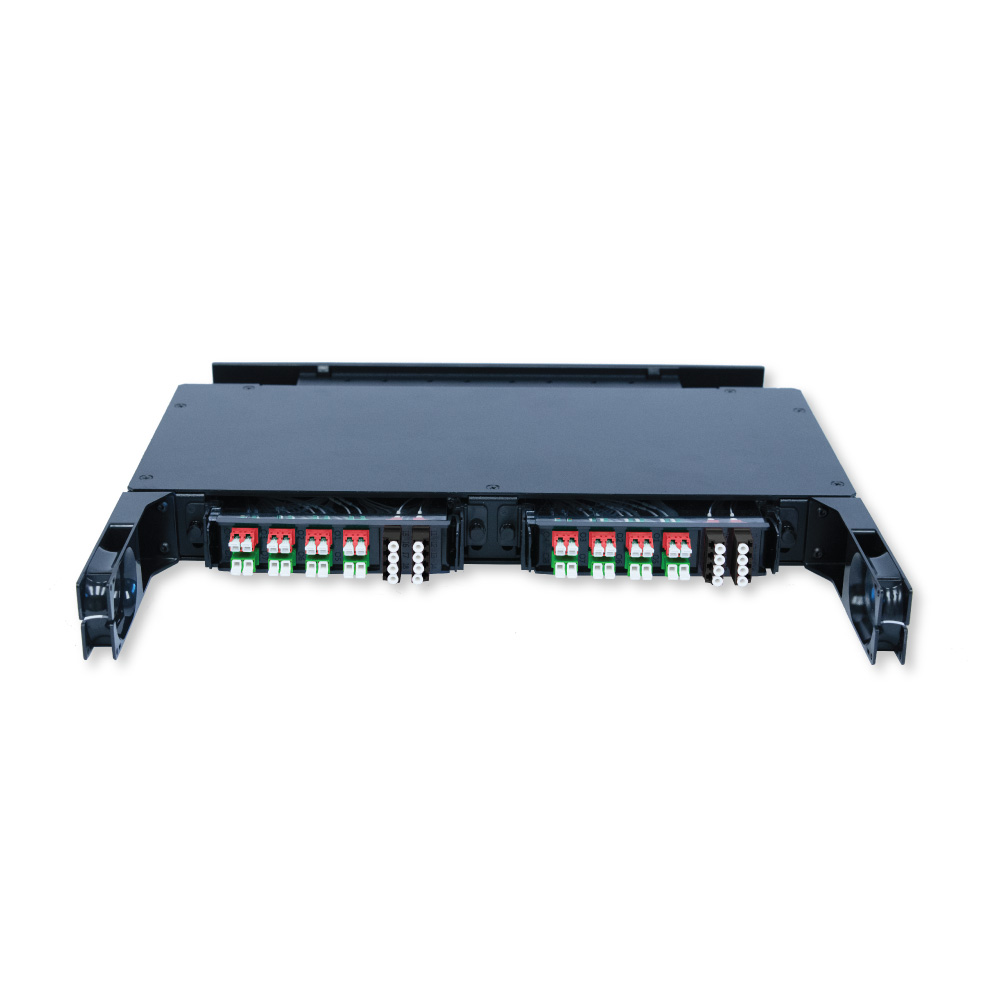
Why XGS-PON is Different
So why move from GPON to XGS-PON? The answer is in the bandwidth and in how far PON technology has advanced.
- GPON: 2.5 Gbps downstream / 1.25 Gbps upstream
- XGS-PON: 10 Gbps downstream / 10 Gbps upstream (symmetric)
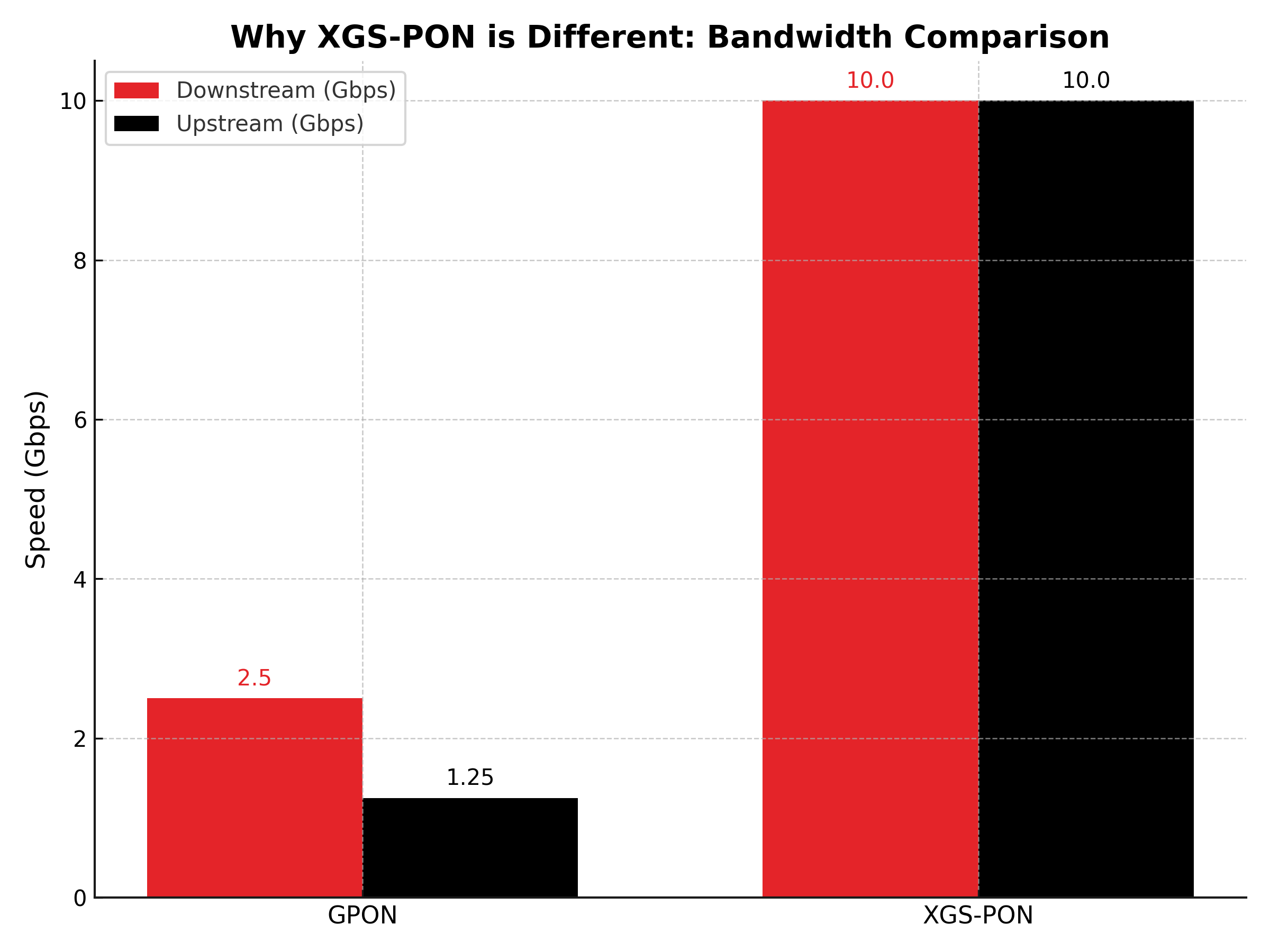
That symmetry is the game-changer. Customers expect fast uploads for cloud backup, video conferencing, and gaming just as much as they want fast downloads for streaming and browsing. XGS-PON delivers both over the same passive optical network (PON) architecture that providers already use.
For installers, the good news is that moving from GPON to XGS-PON doesn’t require ripping and replacing the entire ODN. The OLT connects upstream to service networks and downstream through the ODN to subscribers’ ONTs—the same physical structure works. With coexistence modules, GPON and XGS-PON can run side by side, giving providers the flexibility to upgrade without disruption.
What is Coexistence and Why Does it Matter?
At its core, coexistence is a wave-division multiplexing technology. GPON operates at 1270 nm (upstream) and 1577 nm (downstream). XGS-PON runs on separate wavelengths. A coexistence module combines these signals into common ports. Those ports then feed into the splitter—whether that’s inside the same cabinet or distributed in the field.
The Optical Line Terminal (OLT) at the CO or cabinet manages this connection, linking the core network upstream and delivering services downstream to customer ONTs. The Optical Network Terminal (ONT) sits at the customer premises and converts the fiber signal into usable services like internet, TV, or voice.
During an XGS-PON migration with Coexistence, upgrading ONTs is often the subscriber-side step that enables a seamless move from GPON to XGS-PON without impacting the rest of the network.
The result is that both GPON and XGS-PON signals ride the same fiber, side by side, without interfering with each other. That means a provider can upgrade subscribers one at a time instead of all at once.
“When a tech goes out for a service call or to upgrade speeds, they can move that single customer to the XGS platform,” Matt says. “The backend software sees the ONT’s MAC address and provisions it. To the customer, nothing looks different, but they’re now on XGS-PON.”
It’s seamless, efficient, and keeps the network running.
Why Full PON Cutovers Don’t Work As Well
Anyone who’s been in the field knows what happens when you throw a full PON. Not every ONT comes back up. Some customers call the help desk immediately. Others need a technician dispatched to fix the issue. Scheduling dozens of customers to be home during the switch is nearly impossible. And it takes serious manpower to pull it off.
“With 32 customers on a PON, you know not all of them are coming back online clean,” Matt points out. “That means truck rolls, callbacks, and frustrated subscribers.”
Coexistence changes the equation. Instead of a massive one-time cutover, providers can let the migration happen naturally as customers churn, upgrade, or need service. That flexibility saves resources, prevents downtime, and keeps customer satisfaction high.
Precision Fiber Coexistence Modules
Precision Fiber coexistence modules support your migration to next-generation PON services while controlling costs. These modules make it possible for GPON and XGS-PON to run over the same fiber optic network, giving providers the ability to scale capacity without replacing their entire infrastructure.
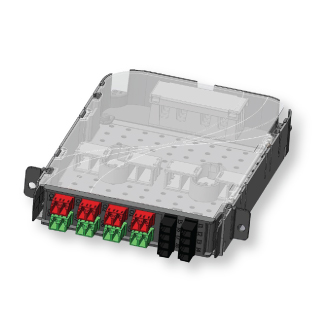
Key Advantages:
Ordering Options:
- PF-23-O5-000-0EN00XFNAXN-0000-000 — Empty 23-inch Panel, 5RU
- PF-19-O2-000-0EN00XFNAXN-0000-000 — Empty 19-inch Panel, 2RU
- PF-W-GP-XGSP-02DG02DG0804-A-A-000 — GPON–XGSPON Coexistence Module Cassette, SCA Duplex Green
- PF-W-GP-XGSP-02DM04QB0804-A-A-000 — GPON–XGSPON Coexistence Module Cassette, 4 SCA Duplex Inputs, Quadplex LCA Output
- PF-W-GP-XGSP-02SM02DB0804-A-A-000 — GPON–XGSPON Coexistence Module Cassette, Simplex Inputs, Duplex Outputs
- PF-W-GP-XGSP-04DM04QB1608-A-A-000 — GPON–XGSPON Coexistence Module Cassette, Duplex LCA Inputs, Quadplex Outputs
These options let you configure for the exact scale and density your cabinets require—all while ensuring superior performance and network reliability.
Flex Panel Splitters
The Precision Flex Panel is a premium fiber optic panel that combines industry-leading density with unmatched ease of use. Its “flex” is the ability to support splitters, coexistence modules, and/or basic fiber patching in one platform. The Flex Panel delivers craft-friendly installation for fiber connectivity in high-density applications and is designed to be a favorite of your technicians.
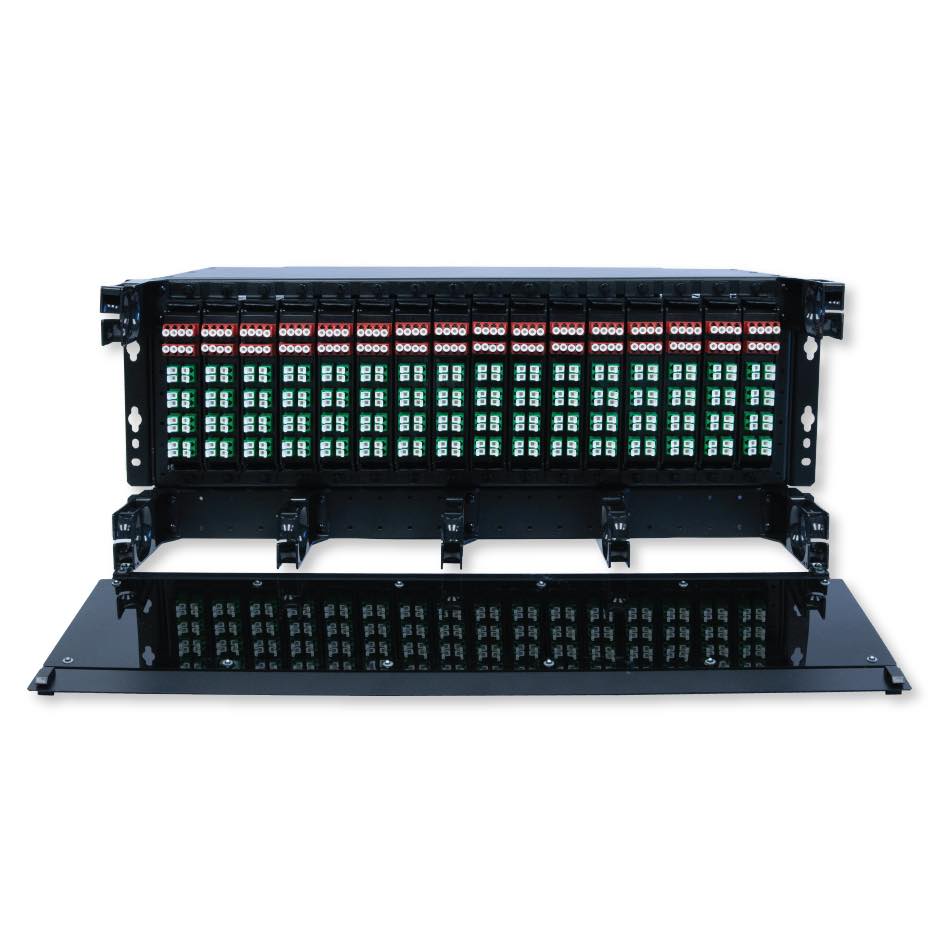
Highlights:
- Multi-purpose platform: Supports splitters, coexistence modules, or fiber patching in the same frame.
- High density: Houses multiple splitter configurations up to 1×64.
- Flexible mounting: Available in 19″ or 23″ with front, rear, or rear-frame mounting.
- Field-friendly features:
- Internal slack storage
- Front access intuitive cable routing with route diversity
- Easy circuit identification with route separation for inputs/outputs
- Adjustable field-configurable clamps for top, bottom, right, or left entry
- Durability: Designed to meet Telcordia GR449, with operating temps from -20°C to +70°C.
The result is a panel that saves time in the field while supporting today’s density requirements. Installers don’t have to fight congestion or guess at routing—the Flex Series is engineered to make every upgrade and service call smoother.
Real-World Impact in the Field
Messy cabinets slow everything down. When fiber optic cables are unlabeled, tangled, or routed inconsistently, even a simple service call can take far longer than it should.
Matt has seen it firsthand. “Cabinets without organized splitter panels turn into ‘rat’s nests.’ Tight spaces make access difficult, leading to accidental disconnects. Lack of routing clarity forces techs to guess or backtrack.”
Flex panels fix that by design. Providers already rely on them to keep cabinets clean and serviceable. The difference shows up in fewer errors, faster service times, and less frustration for the crews in the field.
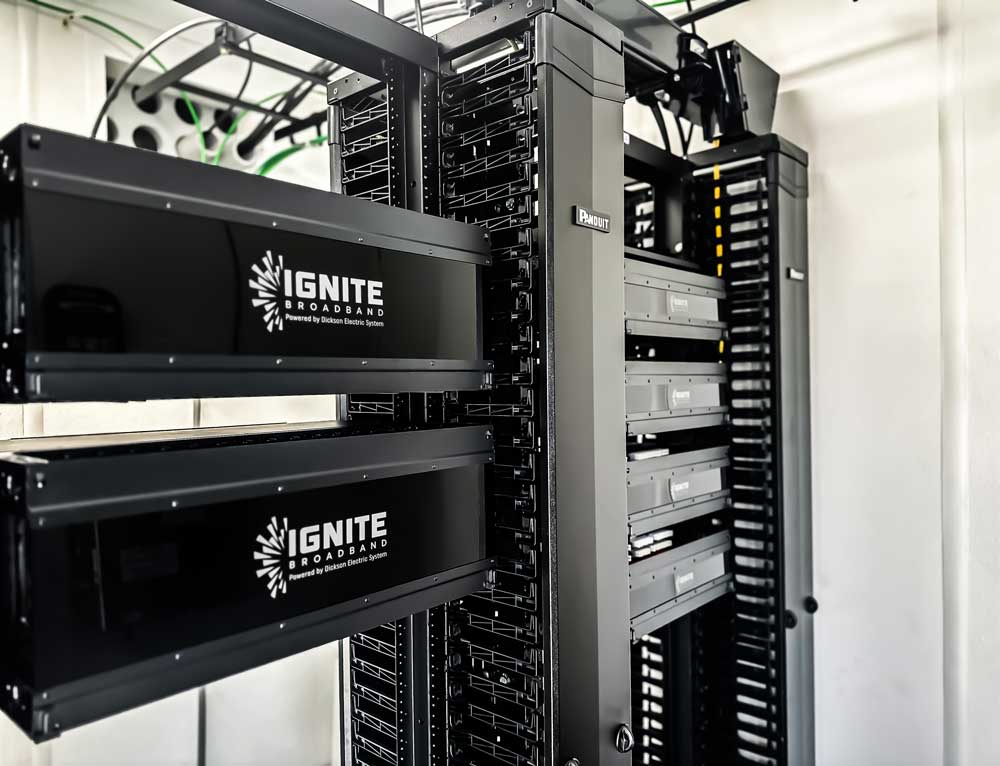
Why XGS-PON Migration with Coexistence is the Smart Move
Migrating to XGS-PON isn’t optional—demand for symmetric 10-gig speeds is only going up. The real decision is how to migrate.
With coexistence modules and Flex Series panels, providers can transition customers naturally, one at a time. They can avoid mass outages and manpower crunches. They can keep subscribers online without disruption. They can simplify installs with front access and clean cable routing. They can improve customer satisfaction and field efficiency.
XGS-PON migration doesn’t have to be complicated.
With coexistence modules and Flex Series panels, service providers can upgrade at their own pace while keeping customers online and installers efficient.
Better Connection. Better Experience. Problem Solved.


